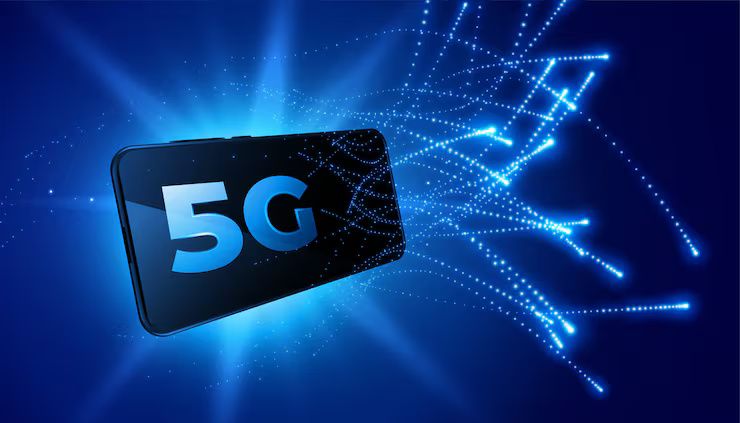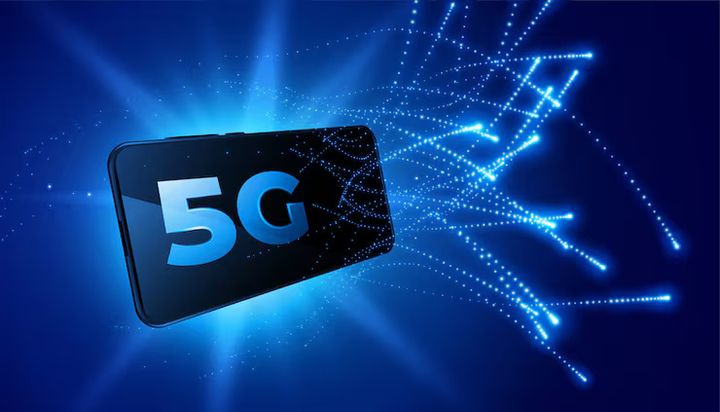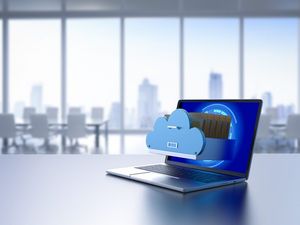5G Age AI combines two transformation technologies-5G wireless networks and edge-based artificial intelligence-a powerful infrastructure that is able to offer real-time intelligence with low oppression. Sector companies are now distributing Smart Edge devices that process data near the source, without the need for constant cloud connection. This enables rapid decision, increased security and significant cost -effectiveness.

Why 5G Edge AI Matters in 2025
With rapid digital changes, the industry requires immediate insight from data generation and options such as IoT sensors, cameras, autonomous machines and wear. The 5G bands result in a decrease in delay and delay, while Edge AI enables local processing. Together, they support real-time analysis, future maintenance and autonomous operational-specific in external or mobile environmental benefits at 5G EDGE AI devices
Ultra-lootency: The devices can treat and respond within Milceconds and can respond to applications such as Radimote Surgery or Autonomous Driving.
Bandwidth optimization: Savings on network costs, clouds require that data in large scales be sent.
Better security: Local data processing reduces contact with cyber threats.
Scalability: Easily supports the growing IoT network with local AI -declaration.
Real-World Use Cases Across Industries
1. Health service: Distance monitoring and preparedness
Portable AI-controlled health equipment uses 5G to transfer real-time that is crucial to a nearby edge server. It helps paramedics to reach patient data immediately to offer external diagnosis in rural areas.
2. Logistics: Smart Warehousing and Fleet Tracking
Drone and AGV (automatic guided vehicles) use 5G age AI to navigate, avoid conflict and optimize real -time storage. Fleet conductors also benefit from AI-operated route adjustment based on traffic, weather and demand.
3. Production: Future -Staging Maintenance and Automation
Edge sensors detect vibrations, temperature changes or failures in machines and use AI models to predict errors. It prevents shutdown and increases the factory's efficiency.
4. Retail: Analytics and Inventory in the store
Smart cameras at shop resorts track customer movement and preferences using AI on width. This insight helps the stores to manage stock and layout decisions immediately.
5. Smart City: Monitoring and Traffic Control
AI cameras on the edge can detect abnormal behavior, monitor traffic flows and support real -time evidence reactions without relying on the central cloud system.
Key Features of 5G Edge AI Devices
Burble Ai Accelerator (eg GPU or TPU)
5g connection module (mmwave/sub-6 GHz)
Robust design for outdoor or industrial use
Real -Time Estimating Engine for ML model
Spontaneous integration with enterprise skysystem
Leading 5G Edge AI Hardware in 2025
Nvidia jetson orin series
Qualcomm ai edge platform
Hi -8 AI processor
Intel Edge-centric FPGAS
Google Coral Edge TPUs
These devices are designed to be compact, powerful, and compatible with AI model deployment at scale.
Business Considerations Before Adoption
Personogenic environment: indoors against outdoor, access to electricity and weather -based requirements.
AI model adaptation: The model must be grown and optimized for edge efficiency.
Data Management: Ensure compliance with the Privacy of Data on the Edge.
Integration with cloud platforms: It is important for synchronization, reporting and learning cycles with centralized systems.
Selling ecosystem help: Make sure equipment and updates are supported over time.
The Future of 5G Edge AI
Generic AI, with the increase in visual recognition and autonomous operation in real time, the edge AI unit will quickly handle tasks that require high -power -Cloud computing once. The placement of private 5G networks of companies will further increase Edge Intelligence. Industries can expect a significant change to hybrid AI architecture that harmonizes clouds and age -intelligence.
FAQs on 5G Edge AI
Q1. How is Edge Ai Cloud different from AI?
Edge AI processes data locally on devices, while Cloud AI requires internet connection from an external server. Edge AI provides quick response and better privacy.
Q2. What are the most important hardware components in the AI device 5G?
They usually include support for AI pieces, 5G modules, onboard memory and age -coming engines.
Q3. What is the requirement for 5G for Edge AI?
Not always, but 5G enables fast data transfer, making real-time edge AI quite effective-special in mobile or external environment.
Q4. Which industries have the most advantage of 5G Age AI?
See more than real-time industry, logistics, production, monitoring and motor value.
Q5. What are some security issues with Edge AI?
While local processing increases safety, the equipment can still aim for physical tampering or weak in the software. Proper encryption and firmware updates are required.
Final Thoughts
The 5G AI unit is set to redefine the unit how the processing process takes place and acts on data. By activating real -time decisions without relying on the cloud, gain business speed, safety and cost -effectiveness. Whether it is to improve medical reactions, handle smart cities or optimize factories, 5G -Run Kant AI is the next big jump in digital change.







